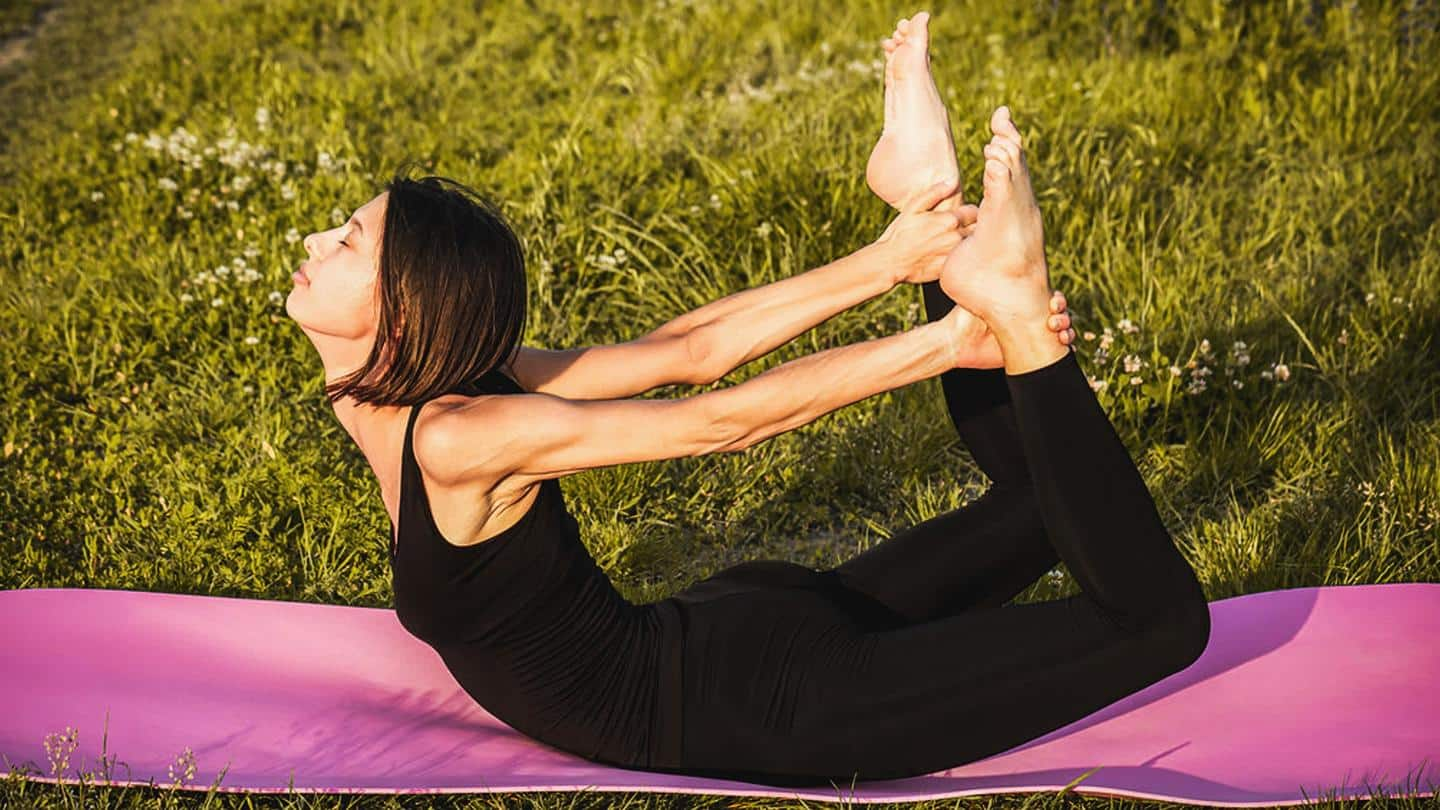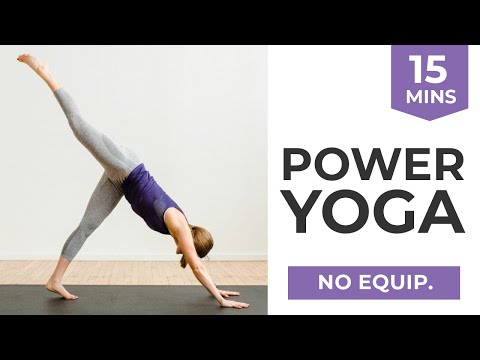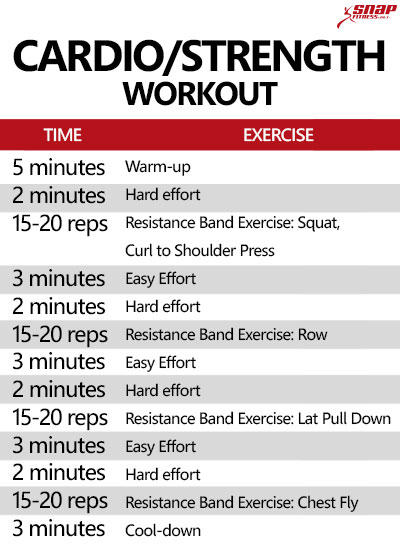
Often referred to as the Knee-to-Ear Pose, Karnapidasana is a yoga asana that strengthens the neck, shoulders, spine, and legs. This pose improves blood circulation, reduces stress, and calms the mind. The pose strengthens the back and neck and improves flexibility. It also improves digestion and strengthens the pelvic muscles. Karnapidasana can also be helpful for people suffering from ear infection. It can improve lung strength. It can be very beneficial for those with asthma.
Karnapidasana, Sanskrit for ear, is the Sanskrit term. The knees of this pose are placed just in front the ear. The inner knee of the position obstructs a nearby latch and places pressure on the ears. It can create a feeling that is claustrophobic. However, Karnapidasana can help people with asthma. This should only be done under the supervision and guidance of a trained teacher.

Karnapidasana (pratyahara yoga position) is a pratyahara posture. It draws the mind inward, and cuts out external stimuli. When the mind is calm, the body can concentrate better. This pose is also good for reducing stress and improving vigilance. It's also a good stretch for your back which makes it a great option if you suffer from lower back problems. This pose helps tone the inner thighs.
Karnapidasana belongs to the Ashtangas advanced limb, which is one the eight limbs that make up yoga. Karnapidasana, in addition to encouraging a state of pratyahara is also a deep-inversion asana. It improves blood flow, reduces stress and increases flexibility. You can also get a spine massage from it. Karnapidasana promotes relaxation and can also improve productivity and vigilance. This yoga position is great for stretching the spine as it strengthens the stretch.
Karnapidasana should not be used by people with heart disease, asthma, or ear problems. Women who are pregnant or have suffered from spinal injuries, herniated discs, and individuals with spinal problems should not practice it. Reversed positions can cause high blood pressure and should be avoided by pregnant women.
You need to keep Karnapidasana in place for at minimum five minutes. In addition to calming the mind, Karnapidasana also strengthens the core, strengthens the back, and helps to prevent back injuries. This pose improves vigilance as well as the health of the intercostal and abdominal muscles. This pose promotes relaxation and stimulates all three chakras. Performing Karnapidasana also helps to strengthen the abdominals, shoulders, and hips. It can be done with yoga blocks or a yoga belt, and it can be modified to include knees on the floor.

The Karnapidasana pose should be performed after a warmup. Before starting, it is a good idea to make sure that your knees and ankles are flexible and that you have good abdominal breathing. During practice, it is important to keep your head still.
FAQ
What is the difference between yoga and pilates?
Both pilates, and yoga, are both effective exercise programs. However they work differently. While both are based on stretching, yoga focuses on poses that challenge your core muscles and build strength.
Pilates emphasizes core strengthening and balance. It's important to note that yoga can be used to complement pilates workouts.
How long does it take for you to learn yoga?
As with all skills, you need to train your brain so that you can do yoga correctly. You can practice yoga at your own home once you are comfortable with the basic positions.
Before you start your class, warm up for about 20-30 minutes. Next, spend 5-10 minutes warming your body with simple stretches. Then, move on to more challenging poses.
Once you've learned the basics, intermediate classes are available where you'll be able to learn more advanced moves. If you are just starting yoga, you might begin with basic poses such as the Tree (Vrksasana), and Mountain (Tadasana) standing poses.
Are yoga mats expensive?
A high-quality yoga mat can be purchased for between $20-$100, depending on its size or material.
Statistics
- A 2020 review of 27 studies (1,805 total participants) of yoga interventions in children or adolescents found reductions in anxiety or depression in 70 percent of the studies, with more promising results for anxiety. (nccih.nih.gov)
- The American Psychological Association recently shared that 84% of American adults feel the impact of prolonged stress (5). (healthline.com)
- About one in seven U.S. adults practiced yoga in the past 12 months, according to a 2017 national survey. (nccih.nih.gov)
- In comparison, a 125-pound person is estimated to burn 135 calories in 30 minutes of walking (at a pace of 15-minute miles) and 210 calories bicycling at a moderate pace on a stationary bike. (everydayhealth.com)
- According to the Agency for Healthcare Research and Quality, falls are incredibly common among older adults in nursing facilities. Even the simplest ones can increase the risk of death (24). (healthline.com)
External Links
How To
Yoga can help menopause symptoms
Yoga is an ancient tradition that originated from India. It emphasizes stretching, breathing, and meditation. It has been used for thousands of years to keep fit. It has gained popularity as people search for alternatives to staying healthy and active in stressful situations.
Yoga is all about physical poses (asanas), which are used to stretch muscles, improve posture, increase flexibility and increase flexibility. This helps to reduce tension and build strength.
There are many kinds of yoga. Each type focuses only on certain aspects of your body, like breathing, stretching, and relaxation.
All forms of yoga aim to bring about balance in the mind and body. The benefits of yoga include improved fitness, better sleep quality, weight loss, increased energy levels, and reduced stress levels.
Many studies have shown yoga to be effective in treating anxiety, depression and insomnia. There is not much evidence to support its effectiveness in treating other health conditions, such as those related to menopause.
Yoga not only makes you happier but also helps you relax and manage stressful situations. This can be useful for women going through menopause.
Important to remember that yoga can cause muscle pain after exercise. Therefore, it is advisable to start with a low intensity level. Talk to your doctor if you have any questions about your condition or are uncertain if yoga would be beneficial for you.